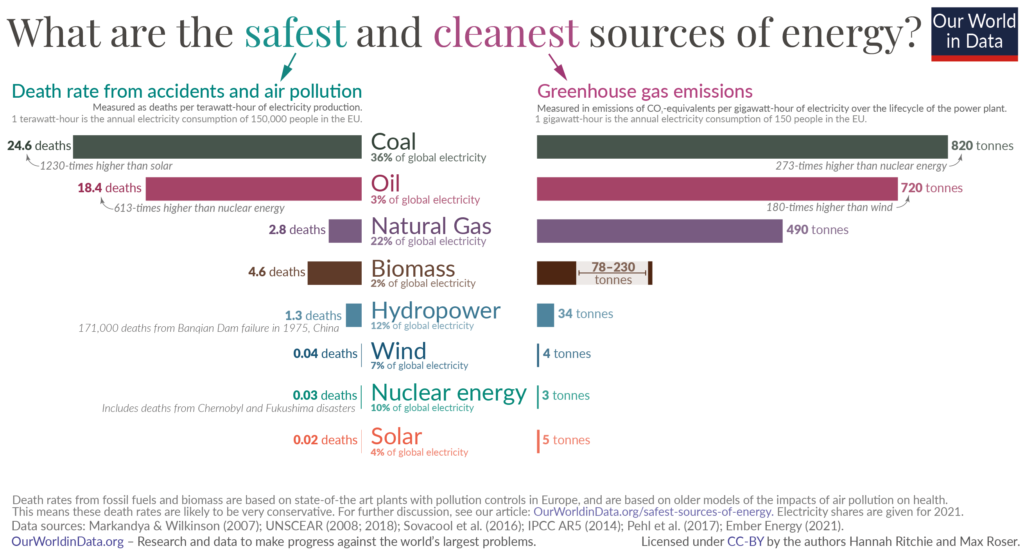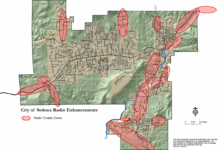It’s good to know in the face of climate change, the city of Sedona is already recycling garbage, and by that I mean Sedona Climate Action Plan.
On the anniversary of its first year, we can look at this document, a plan we recently stated lacks specific metrics, but is filled with “good feelings” statements that achieve nothing substantive.
The document opens with a “Land Acknowledgement” statement, or a way for Sedona leaders to pretend to care about whose ancestral lands upon which the city was built.

“These statements relieve the speaker and the audience of the responsibility to think about Indigenous peoples, at least until the next public event,” Atlantic columnist Graeme Wood wrote, of no more value than getting a receipt from highway robber. You’re not getting your wallet back.
It’s how organizations, like our all-white Sedona City Council, can pretend to care about American Indian and indigenous communities around the world while providing absolutely no benefit whatsoever to the communities whose lands earlier colonists stole.
There’s no promise of reparations nor community support and the city of Sedona has absolutely zero desire to return a single square foot of land to any tribe or tribal descendant.
It’s also the height of racial insensitivity as it projects the mystical “Noble Savage” stereotype onto American Indian communities, treating them as single ethnic monolith rather than a diverse and unique collection of ethnic tribes, familial bands and small nation-states who struggled over resources and territory like all human cultures.
But the statement allows a white majority council assuage their guilt on behalf of a 92% ethnically white city while doing absolutely nothing to benefit the nearby Yavapai-Apache Nation, nor any tribe.
“It’s ours now and you’re not getting the land back,” the city basically tells tribes while shedding crocodile tears.
This obliviousness and self-deception sets the tone for the rest of the document, which then regurgitates talking points touting the benefits of electric vehicles and electric power, over which Sedona has no control. The city isn’t buying us longtime residents electric cars.
There are no power plants in Sedona nor plans to build one. Proclaiming the city will use renewable power resources ignores how a power grid works.
Electricity travels at nearly the speed of light, so if clouds obscure a solar panel, somewhere other power plants — wind, nuclear, gas, oil or coal — put power on the grid.

The plan also noted that most greenhouse emissions come from power used by buildings but unless the city of Sedona is going to require buildings to be rebuilt as “green,” there’s no meaningful change coming.
While the plan touts the benefits of solar power and electric vehicles it neglects to account for the energy and resource-dependent construction to produce both electric vehicles and solar panels.
Cars and electric batteries aren’t made from wood and bamboo, they’re made from steel, plastics and heavy metals mined somewhere, though not in Sedona.
Once electric cars are built, heavy metal batteries are needed to get around, but the power generation comes from any power plant, not necessarily a renewable one.
So while the car may be run “clean,” its power is generated from “unclean” sources.
The plan makes no mention whatsoever of promoting nuclear power, which is among the safest and cleanest, produces less greenhouse gas emissions than biomass, hydropower, wind and solar and has caused fewer deaths per capita than anything except solar.

Even nuclear waste is finding new uses in secondary nuclear power stations. Simply put, nuclear power is the fastest and most efficient way to get the country carbon neutral by 2030.
The plan doesn’t address the 4 million tourists we get a year and how they might comply with the municipality’s demands aside from relying on public transportation and boosting “eco-tourism.”
The plan fundamentally misunderstands water. It mentions “aquifer” zero times, nor how it is replenished. It claims severe flooding and severe drought are simultaneous threats, though floods are due to snowfall and monsoon storms, neither of which the city of Sedona can regulate.
The city also claims the Climate Action Plan may reduce wildfires, which is possible if the city magically finds a way to stop lightning, which causes the overwhelming majority of wildfires in our region — and on Earth. Fires are also caused by human recklessness; a climate plan can’t fix stupid.
What’s most disappointing about the plan is that so many seemingly intelligent people spent so much time on a document that achieves nothing. An action plan should have, you know, some “action” to follow. The upside of this useless document instead because it contains no metrics and no direction and fixes nothing. It also causes no harm. The rare circumstance when ineptitude and futility cause no damage.
To address climate issues, the city could urge agencies and the Arizona State Legislature or the private sector to build alternative power sources, but it simply isn’t achievable by a city document in a town of 9,600 people.
If the city of Sedona is serious about addressing climate change it should produce a document without fluff boilerplate language written by college seniors but with clear hard metrics that the city can achieve within the city’s jurisdiction.
A year after passage of the Climate Action Plan, it’s time to recycle this garbage.
Christopher Fox Graham
Managing Editor
Here are meaningful ways to help American Indian communities and/or learn more about the diverse American Indian communities in Arizona and North America
- The Yavapai-Apache Nation
- Northern Arizona poet Roanna “Rowie” Shebala, who often competes at the Sedona Poetry Slam
- First Nations Development Institute’s list of essential reading
- Bureau of Indian Affairs’ Tribal Leaders Directory
- Women Empowering Women for Indigenous Nations
- Association on American Indian Affairs
- Native American Heritage Association
- First Nations Development Institute
- Native American Rights Fund
- “Everything You Wanted to Know About Indians but Were Afraid to Ask” book
- Adopt-a-Native-Elder Program
- Reclaiming Native Truth
- NDN Collective
- Center for World Indigenous Studies
- International Indigenous Youth Council
- The American Indian College Fund
- Pueblo Action Alliance
- Lakota Law
- IllumiNative
- Seeding Sovereignty
- Navajo & Hopi Families COVID-19 Relief Fund
- Partnership With Native Americans
- Coalition to Stop Violence Against Native Women
- Native American Capital
- earthrise
- Protect Native Elders
- Native Land
- Toasted Sister podcast
- BuzzFeed’s list of 14 new novels by Native American writers
- The interactive Native Land map:




















